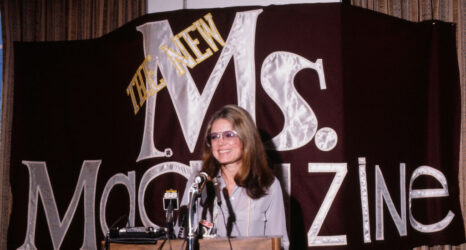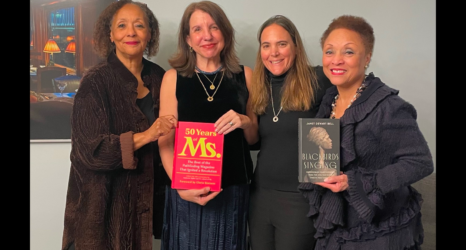I must confess. I had never heard of Lottie Dod before Ms. asked me to review Sasha Abramsky’s newly released book, “Little Wonder: The Fabulous Story of Lottie Dod, The World’s First Female Sports Superstar.”
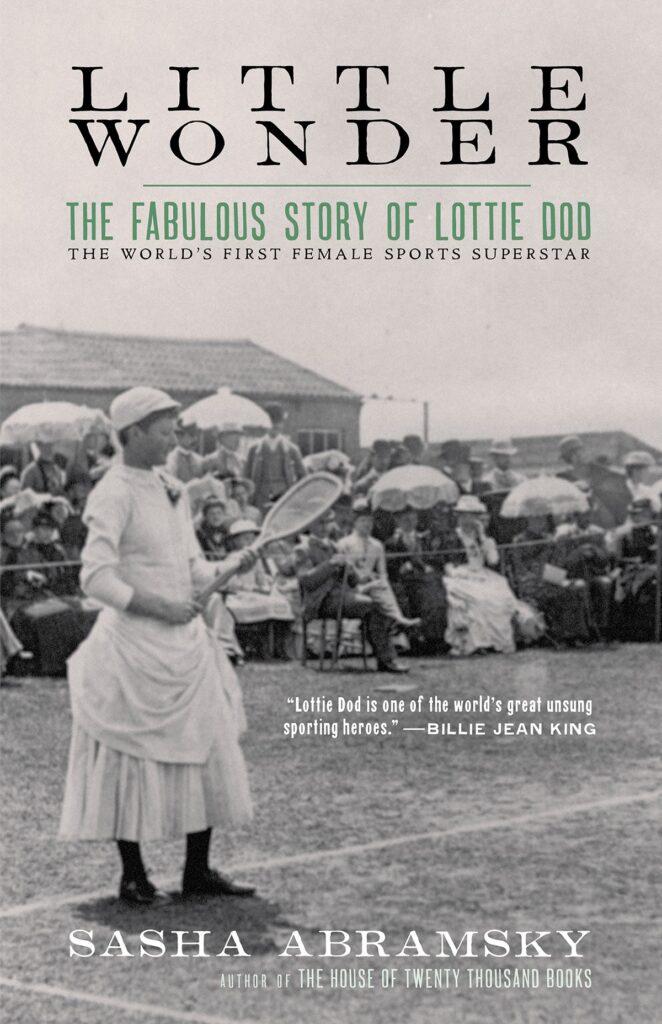
Born in 1871 (long before Babe Didrikson Zaharias and Joan Joyce) Charlotte Dod—nicknamed Lottie—triumphantly traversed the worlds of tennis, golf, mountaineering, bobsledding and archery.
A natural athlete, she succeeded at whatever sports she tried, and—in a time when women were not supposed to be able to accomplish the feats she did—she pushed the boundaries of sports and astonished the sporting world of Victorian England.
Born into a wealthy English family with athletic siblings, Dod was only eleven years old when she played in her first doubles tennis competition with her older sister. They took second place. The press raved about her. In a style that would prefigure the Williams sisters and other modern power players, the young Lottie Dod played aggressively, rejecting the more typical “garden party” style of most women players of her day.
In 1887, she became the youngest player to win the singles event at Wimbledon at the age of 15—a record she still holds to this day. The press began to call her “The Little Wonder.” In all, she won five Wimbledon championships by the age of 21 when she played her last competitive tennis match.
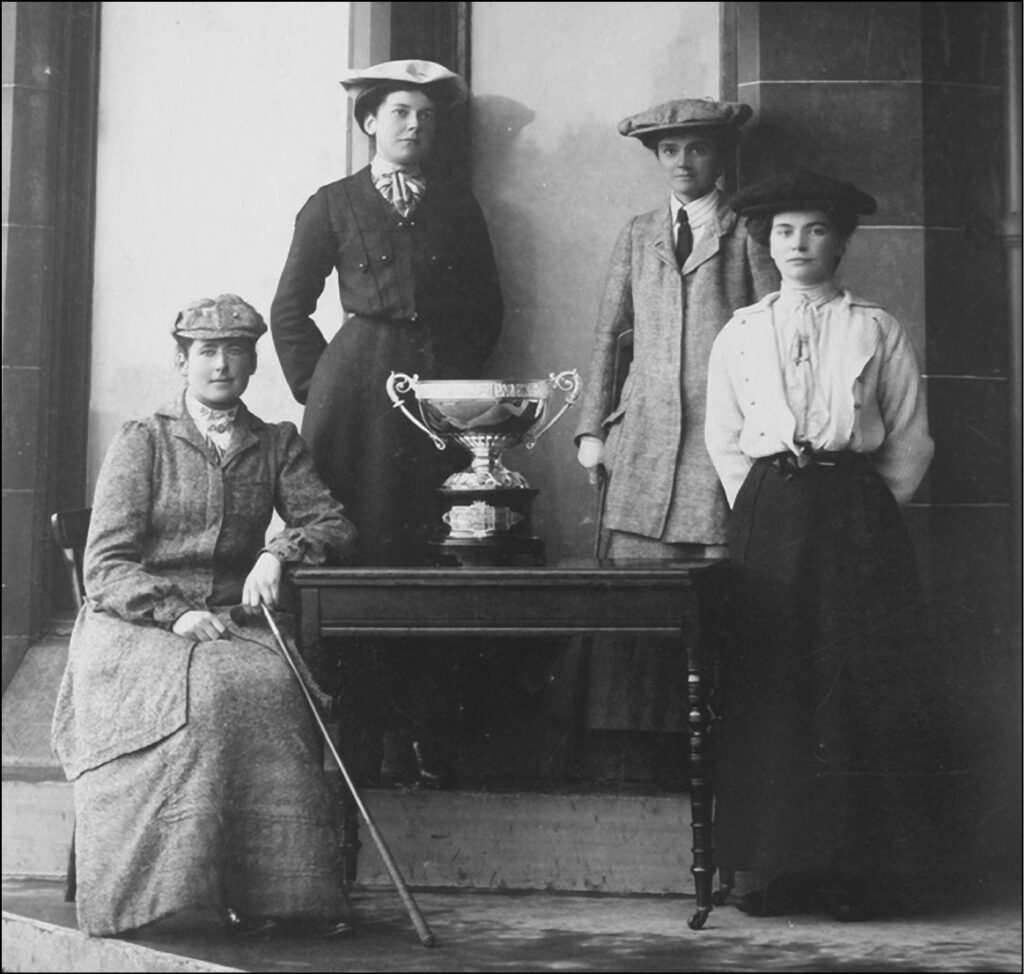
She also played in her own “battle of the sexes” 85 years before Billie Jean King defeated Bobby Riggs. Dod dominated her women opponents, and in 1888, she invited three of the best men players of her day to a match. Victorian England had never seen anything like Dod’s proposal, assuming that, of course, women were inherently athletically inferior to men. Also, Dod had to play in a long skirt. No one expected the teenager to win. The men spotted her two points each game.
First, she played Wimbledon champion Ernest Renshaw. She took the first set 6-2 but then lost each subsequent set 5-7. Next she played Scottish champion Harry Grove, whom she beat 1-6, 6-0, 6-4. Finally, she faced six-time Wimbledon champion William Renshaw whom she defeated in two sets, 6-2, 6-4. She defeated other men throughout her career as well.
As Abramsky points out, women in Victorian England were very limited by cultural roles and expectations, but women with exceptional talents like Dod were afforded room to be transgressive and to stretch the bounds of what women were allowed to do. In dominating on the tennis court and refusing to play like a genteel lady, Dod challenged stereotypes about women and upended expectations of women’s athleticism.
Nonetheless, the press still wrote about Dod in infuriatingly gendered terms. They called her a “tomboy” and commented on her appearance, weight and skin tone. Perhaps most frustrating to Dod, they attributed her skill to her brothers, whom they assumed had taught her the game. (It had been her sister Ann who had done that.)
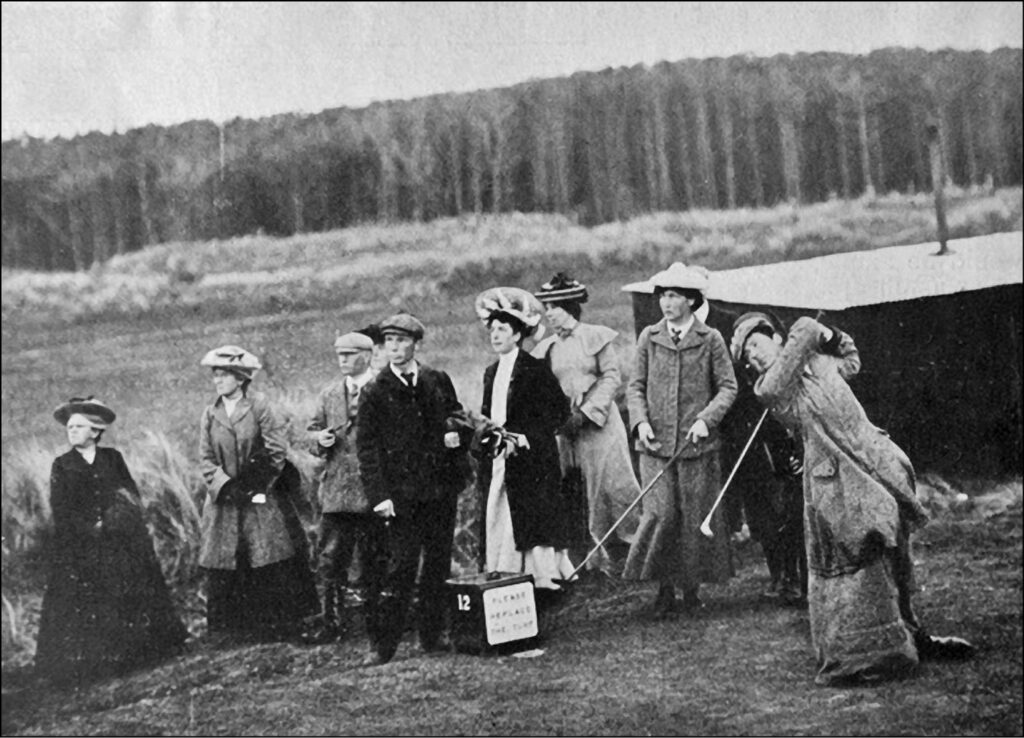
After her fifth Wimbledon championship, Dod grew bored with tennis, lacking any real competition from the other players. In 1891, 1892 and 1893, she had won every match she played. And, as would become a pattern for her, she set her sights on conquering another sport.
She took up golf, winning a number of smaller tournaments and earning two bronze medals at the national championships.
She started skating and in 1896 easily passed the rigorous women’s skating test at St. Moritz. The next year she passed the men’s test.
She also began mountain climbing and summited many of Europe’s most difficult peaks. Next came a three month bicycling tour across Europe. She took up tobogganing, and became the first woman to complete the Cresta run in St. Moritz. She also competed in curling, ice hockey and bobsledding. She also trained in horse-riding and rowing, becoming an expert in both.
Finally, she took up archery, winning a silver medal at the 1908 Olympics.
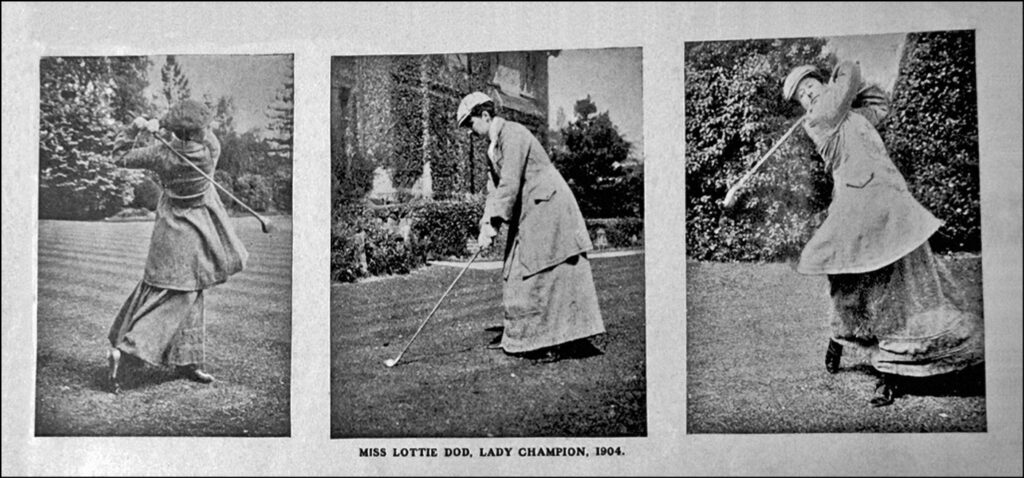
The modern Olympics had only resumed in 1896 and included no women. The handful of women who competed in the next few Olympics faced overwhelming hostility from Olympic officials. The president of the International Olympic Committee thought women athletes served only as titillation and that the games should exalt male athleticism. Women’s sports, he maintained, were “against the laws of nature.”
After the Olympics, Dod, who had for years suffered from sciatica, trained in first aid and home nursing and served in the Voluntary Aid Detachment at hospitals in London during WWI. After the war, Dod became a concert singer and continued to play golf and the occasional exhibition tennis match.
In her old age, Dod ended up in a nursing home, largely forgotten as a sports legend. She died in 1960.
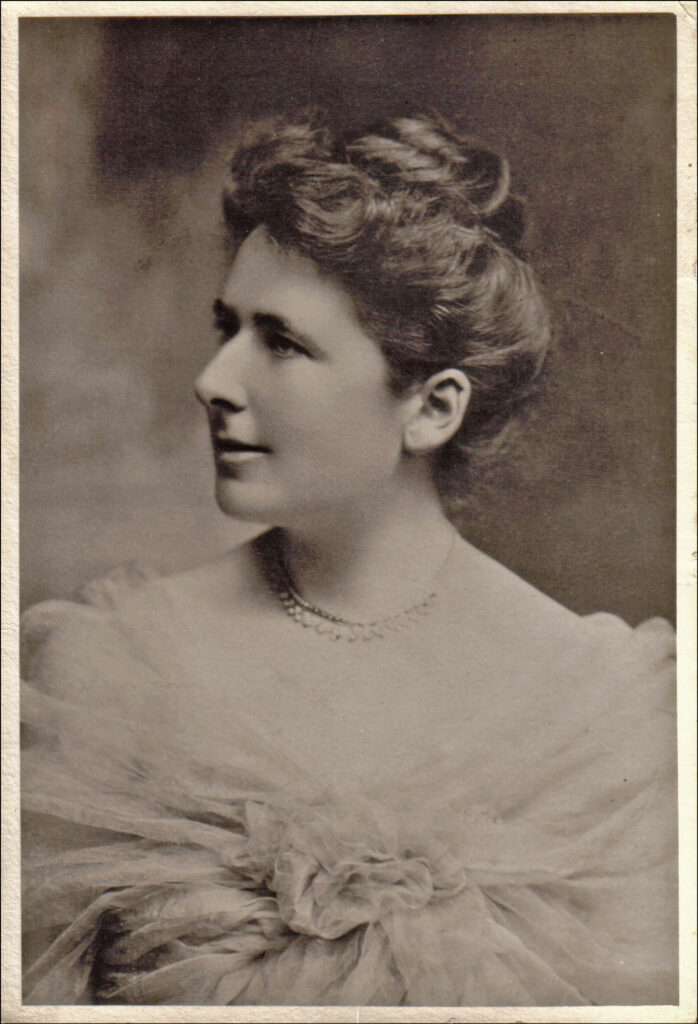
Abramsky’s telling of Dod’s life is readable and well-documented. He does an especially good job of providing historical and social context to offer a backdrop against which to understand Dod’s life.
While he doesn’t offer a feminist analysis, he does note the many ways gender restricted Dod’s life and the ways her excellence in sports allowed her to challenge and rise above these restrictions. Certainly, her wealth and social class also aided in her athletic ambitions, since she did not have to earn a living and could afford to travel Europe competing in sporting events.
Abramsky notes that Dod never married, and the book offers no evidence of any romantic attachments or inclinations. It’s possible to read Dod as queer or asexual in a time when every expectation of a woman of her social class was to marry.
Instead, Dod spent a life in sports, with her greatest attachments to her brothers. For several years in the 1890s, Dod and mountaineer Elizabeth Main were almost inseparable. Abramsky notes that in 1898, the two had an unexplained falling out that was so deep Main practically erased Dod from her subsequent writings about her exploits.
By the time Dod died, few remembered her groundbreaking conquests. As often befalls women, she all but disappeared from popular recollections of sports history.
Abramsky’s reclamation of her story is a welcome addition that reminds us that women have long struggled for an equitable place in sports and that women athletes do have predecessors to look toward for encouragement in their contemporary fights for pay equity, TV coverage and respect.




